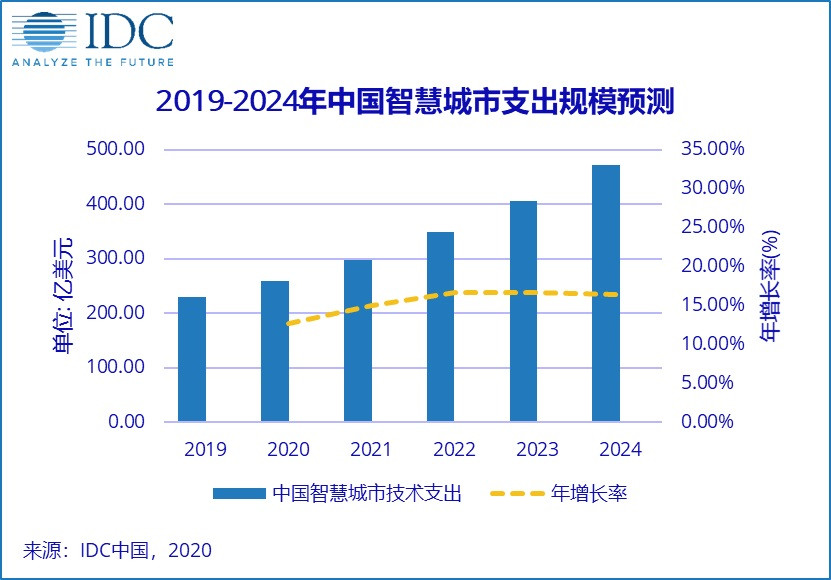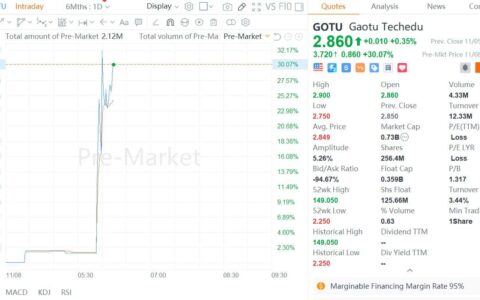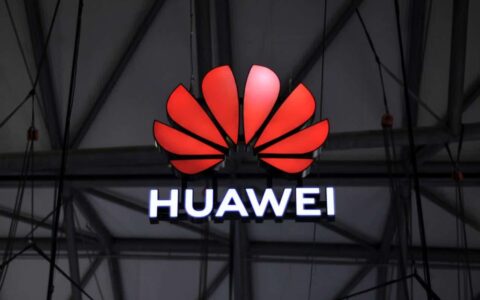Spending on smart cities in China will grow by 12.7 percent in 2020, reaching $25.9 billion to rank second after the United States, IDC said in its latest report.
The IDC Worldwide Smart Cities Spending Guide said the three hottest investments in the Chinese market are sustainable infrastructure, data-driven governance, and digital management.
Over the 2020-2024 period, total spending on all three areas will continue to exceed half of the overall smart city investments.
IDC expects the growth rate of global smart city-related spending to slow due to the impact of the Covid-19 pandemic, but expects it to grow at a slower pace in the medium to long term.
According to IDC, total investment in the global smart city market is expected to reach $114.4 billion in 2020, an increase of 11.1% year-over-year, down from the 18.9% growth forecast made in December 2019.
However, IDC predicts that global smart city spending will begin to increase at a gradual pace in 2021 and 14.6% compound annual growth rate (CAGR) over the forecast period of 2020-2024.
The construction and development of smart cities provide a large number of application scenarios for emerging technologies, which offer tremendous scope for technology vendors to grow.
By 2020, the top three spending scenarios in China will be Smart Grid, Fixed Video Camera, and Connected Back Office.
These three scenarios account for more than 40% of total spending, which is consistent with the previous forecast.
As the market matures, the share of spending on these three mainstream scenarios will decrease.
As smart city-related technologies evolve and use cases diversify, the impact of new and rapidly growing scenarios will become increasingly important.
IDC expects the fastest-growing application scenarios over the 2020-2024 forecast period to be Open Data, Digital Twin, Next-Gen Emergency PSAPs.
According to IDC's global regional city-data projections, Singapore will continue to lead int its investment in smart cities by 2020. While London will overtake Tokyo and New York to become the second-largest city for investment.
Due to the postponement of the Tokyo Summer Olympics, Tokyo's investment in smart cities is expected to be slightly lower than London's.
Regionally, the U.S., Western Europe, and China combined will continue to account for more than 70% of the global market in 2020. Western Europe and China are also the two fastest-growing regions.
Among cities in China, those with the highest investment in smart city-related spending in 2020 continue to be Beijing, Shanghai, Shenzhen, and Guangzhou.
Smart city technology-related inputs are closely related to the city's GDP and government budget, and at the stage of smart city technology development, the Tier 1 cities will continue to lead in spending.







